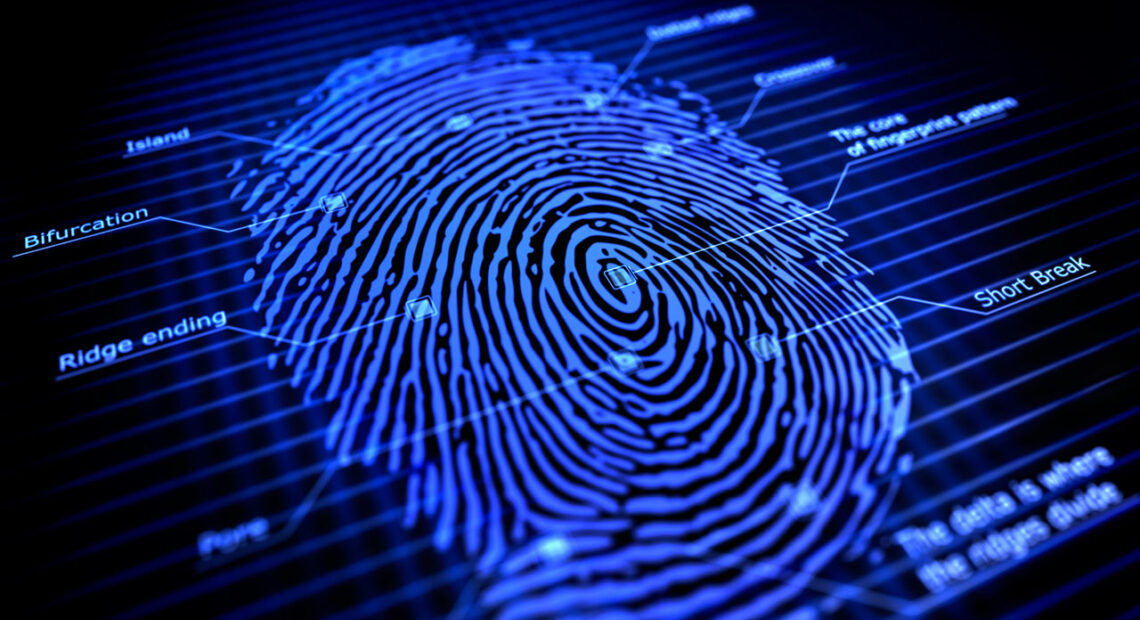The Spark that Ignited the Need for Fingerprinting

Fingerprinting, the practice of identifying individuals based on their unique patterns of ridges and furrows on their fingertips, has a long history dating back thousands of years. However, it was not until relatively recent times that the need for systematic fingerprinting emerged. In this blog post, we will explore the spark that ignited the need for fingerprinting and its subsequent development as a crucial tool in various domains.
Ancient Roots of Fingerprinting:
The concept of recognizing individuals by their fingerprints can be traced back to ancient civilizations. Archaeological evidence suggests that fingerprints were used in ancient Babylon, China, and Persia for marking clay tablets and seals. However, these early applications of fingerprinting were limited to the realm of personal identification and did not develop into a systematic method of crime detection or forensic science.
The Case of Sir William Herschel:
The use of fingerprints for identification gained significant momentum in the 19th century with the pioneering work of Sir William Herschel, a British administrator in colonial India. In the 1850s, Herschel encountered a unique situation while working in Bengal. To authenticate contracts and agreements, Herschel began to require the locals to affix their fingerprints to the documents. This innovative approach helped prevent fraud and impersonation, as fingerprints were difficult to forge.
The Henry Classification System:
Another pivotal moment in the history of fingerprinting came with the efforts of Sir Edward Henry, an Englishman who served as the Inspector General of Police in Bengal. In the late 19th century, Henry developed a systematic method of fingerprint identification, known as the Henry Classification System. This system divided fingerprints into several broad categories based on their patterns, enabling more efficient searching and matching of prints.
Fingerprinting in Forensic Science:
The need for fingerprinting was further bolstered by the advancements in forensic science. In the late 19th and early 20th centuries, forensic experts recognized the immense potential of fingerprints as a means of identifying criminals and linking them to crime scenes. This realization led to the establishment of fingerprint bureaus and the adoption of fingerprinting as a standard practice in criminal investigations worldwide.
Unique and Unchanging Nature of Fingerprints:
One of the key reasons behind the widespread adoption of fingerprinting is the uniqueness and permanence of fingerprints. Unlike other forms of identification, such as facial features or DNA, fingerprints remain constant throughout an individual’s life. This inherent stability, combined with the vast number of possible fingerprint patterns, makes fingerprinting an incredibly reliable method of identification.
Modern Applications:
In the present day, fingerprinting has transcended its origins in law enforcement and forensic science. It is now an integral part of various sectors, including border control, immigration, access control systems, financial services, and mobile device security. Fingerprint scanners are widely used in smartphones, ensuring secure authentication and protection of personal data.
The need for fingerprinting was sparked by a combination of historical precedents and the recognition of fingerprints as a unique and reliable form of identification. From the innovative practices of Sir William Herschel to the development of systematic classification systems by Sir Edward Henry, fingerprinting has evolved into an essential tool in crime investigation, personal identification, and various other domains. As technology advances, the applications of fingerprinting continue to expand, ensuring its enduring relevance in our increasingly interconnected world.
Picture Courtesy: Google/images are subject to copyright








